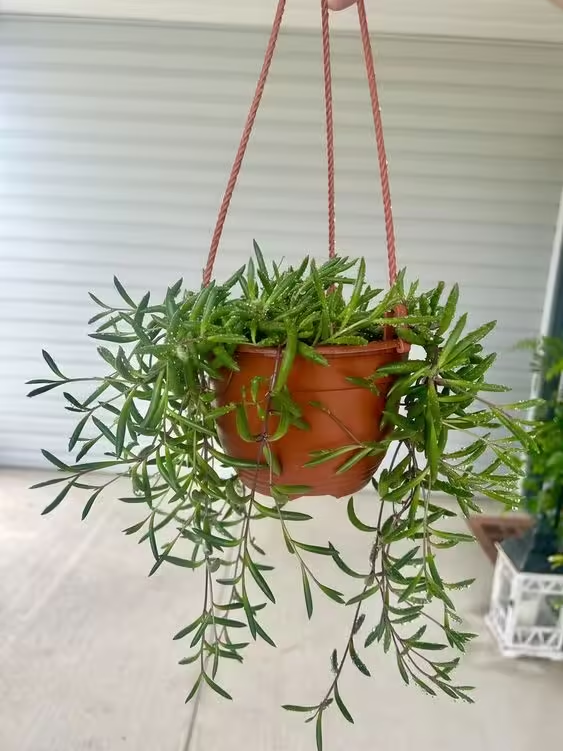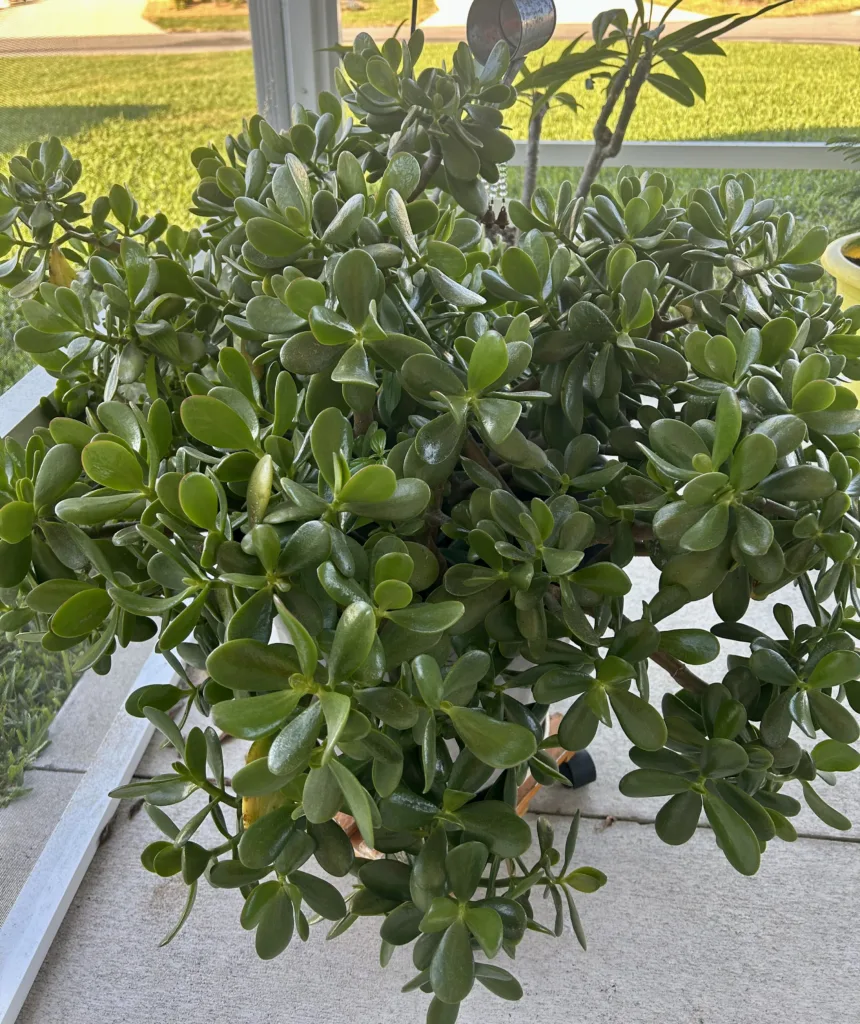
As temperatures drop, it’s important to protect your plants by bringing them indoors for the winter. Moving your plants inside not only shields them from frost but also ensures they remain healthy and thriving until spring. However, this process requires preparation to avoid shocking the plants or introducing pests into your home. This guide covers everything you need to know about bringing your plants indoors for the winter, from preparation to placement and ongoing care.
Step 1: Assess Your Plants
Before you start moving plants indoors, take time to assess which ones need protection. Most tropical and subtropical plants, including ferns, palms, and flowering species like hibiscus, cannot survive freezing temperatures. Check hardiness zones for each plant to determine whether they require overwintering indoors. Additionally, prioritize smaller potted plants or those with sentimental or financial value if you have limited indoor space.
Step 2: Inspect for Pests and Diseases
Before you move any plants indoors, inspect them thoroughly for pests and diseases. Common pests such as aphids, spider mites, and scale can quickly spread to other indoor plants. Check both sides of the leaves, stems, and even the soil surface for signs of infestation. If you find pests, treat the plant with insecticidal soap, neem oil, or horticultural oil. For severe infestations, isolate the affected plants and treat them for several days before bringing them indoors.
Step 3: Clean the Plants
Cleaning your plants helps remove dirt, pests, and debris that might have accumulated while they were outside. Rinse the foliage gently with water or wipe each leaf with a damp cloth. Pay attention to crevices where pests often hide. For larger plants, you can use a garden hose to spray them down, ensuring you also clean the pots and saucers. Allow the plants to dry completely before bringing them inside to avoid creating a humid environment indoors.
I like to use this time to clean my plants and pots. I take them out of the pot. Rinse the soil and even dip the whole plant, roots, soil and all in a solution of dish soap and water to kill any pest hiding in the soil. I then scrub the pots clean, fill with fresh soil and repot.
Step 4: Prune and Repot if Needed
Prune your plants to remove dead or damaged leaves and stems. This helps prevent the spread of disease and allows the plant to focus its energy on healthy growth. For plants that have outgrown their containers, consider repotting them into slightly larger pots with fresh soil. Use a well-draining potting mix appropriate for the plant type. Avoid repotting too close to the move indoors, as it can stress the plant.
Step 5: Acclimate Your Plants Gradually
Abruptly moving plants indoors can shock them, especially if there’s a significant difference in light, temperature, or humidity. To ease the transition, start acclimating your plants about two weeks before bringing them inside. Move them to a shaded outdoor location or a covered porch where they’ll experience reduced sunlight and cooler temperatures. Gradually reduce watering to mimic indoor conditions, but don’t let the soil dry out completely.
Step 6: Choose the Right Indoor Location
Once your plants are ready to move indoors, select the best spots for them based on their light and humidity needs. Most houseplants require bright, indirect sunlight, so place them near south- or east-facing windows. For plants that prefer low light, such as ferns or snake plants, choose spots away from direct sunlight. Consider using grow lights if your home lacks sufficient natural light.
Step 7: Maintain Proper Humidity
Indoor air tends to become dry during the winter, especially when heating systems are running. Many plants, particularly tropical varieties, need higher humidity levels to thrive. To maintain adequate humidity, place a tray filled with water and pebbles near your plants or use a humidifier. Grouping plants together also helps increase moisture levels in the air. Mist the foliage occasionally, but avoid over-misting as it can encourage fungal growth.
Step 8: Adjust Watering and Fertilizing
Indoor plants usually require less water during the winter because growth slows down in cooler months. Check the soil regularly and water only when the top inch feels dry. Overwatering can lead to root rot, so always ensure proper drainage. Reduce or stop fertilizing plants during winter, as they enter a resting phase and don’t need extra nutrients. Resume feeding in early spring when growth picks up again.
Step 9: Monitor for Pests and Diseases Indoors
Even after thorough inspections, pests can sometimes make their way indoors. Monitor your plants regularly for signs of infestation, such as discolored leaves, webbing, or sticky residue. Isolate any affected plants immediately to prevent the problem from spreading. Use insecticidal soap or neem oil to address pests, and keep an eye out for fungal diseases caused by excessive humidity or poor air circulation.
Step 10: Rotate Plants for Even Growth
Indoor light is often uneven, leading plants to grow toward the source. To maintain balanced growth, rotate your plants every few weeks so all sides receive equal light exposure. This prevents the plant from leaning and encourages a fuller, healthier shape.
Step 11: Keep Plants Away from Drafts and Heat Sources
Cold drafts and heat sources like radiators or fireplaces can stress plants and cause leaf damage. Place your plants away from windows or doors that let in cold air and avoid setting them too close to heaters. Maintaining a consistent indoor temperature between 65°F and 75°F is ideal for most houseplants.
Step 12: Plan for Larger Outdoor Plants
If you have large outdoor plants that are difficult to bring indoors, consider other protective measures. Cover them with frost cloths or move them to a garage or enclosed porch where they can stay above freezing. For large potted plants that must come inside, use a dolly or plant caddy to transport them safely.
Benefits of Bringing Plants Indoors
By bringing your plants indoors for the winter, you protect them from frost damage and ensure they survive until warmer weather returns. Indoor greenery also enhances your living space, improving air quality and adding natural beauty during the colder months. Additionally, caring for your plants indoors can bring a sense of joy and relaxation during the long winter season.
Final Thoughts

Bringing plants indoors for the winter involves preparation and attention to detail, but it pays off with healthy, thriving greenery when spring arrives. By inspecting, cleaning, pruning, and acclimating your plants, you set them up for success in their new indoor environment. Providing the right light, humidity, and care ensures they not only survive but also continue to grow and flourish. With these steps, your plants will transition smoothly and remain a vibrant part of your home all winter long.
Please be sure to check out my Gardening Blog Post Page for more tips on all types of gardening. Including Seed Saving, Seed Starting, Orchids, Water Gardening, Coldframe Gardening, Indoor Bulb Gardening, Hydroponics, Container Gardening, Mums, Herbs, African Violets, planting Bulbs, Flower Gardening, Vegetable and Fruit Gardening, Indoor Houseplants of all kinds, Cactus, Succulents, Hanging plants, Deer resistant plants and even Bird, Bee, Butterfly and Hummingbird Gardens!
